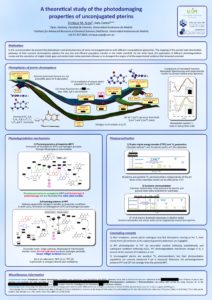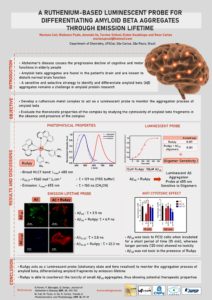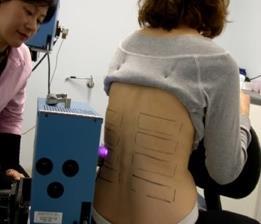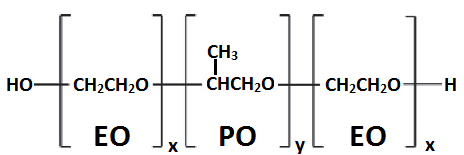We would like to highlight the Outstanding Reviewers for Photochemical & Photobiological Sciences in 2019, as selected by the editorial team, for their significant contribution to the journal. The reviewers have been chosen based on the number, timeliness and quality of the reports completed over the last 12 months.
We would like to say a big thank you to those individuals listed here as well as to all of the reviewers that have supported the journal. Each Outstanding Reviewer will receive a certificate to give recognition for their significant contribution.
Professor Jiro Abe, Aoyama Gakuin University, ORCID: 0000-0002-0237-815X
Professor Maria Amparo Faustino, University of Aveiro, ORCID: 0000-0003-4423-3802
Professor Federico Bella, Polytechnic University of Turin, ORCID: 0000-0002-2282-9667
Dr Terje Christensen, Norwegian Radiation and Nuclear Safety Authority ORCID: 0000-0002-1109-6074
Dr Fabienne DuMoulin, Gebze Technical University ORCID: 0000-0002-0388-8338
Professor Albert Girotti, Medical College of Wisconsin
Professor Virginie Lhiaubet-Vallet, Polytechnic University of Valencia, ORCID: 0000-0002-8205-8892
Professor Werner Nau, Jacobs University Bremen, ORCID: 0000-0002-7654-6232
Professor Terrence Piva, RMIT University, ORCID: 0000-0003-0343-1781
Professor Valentine Vullev, University of California, Riverside, ORCID: 0000-0002-3416-9686
We would also like to thank the Photochemical & Photobiological Sciences board and the photochemical and photobiological community for their continued support of the journal, as authors, reviewers and readers.
If you would like to become a reviewer for our journal, just email us with details of your research interests and an up-to-date CV or résumé. You can find more details in our author and reviewer resource centre















